1. Feathered Hair
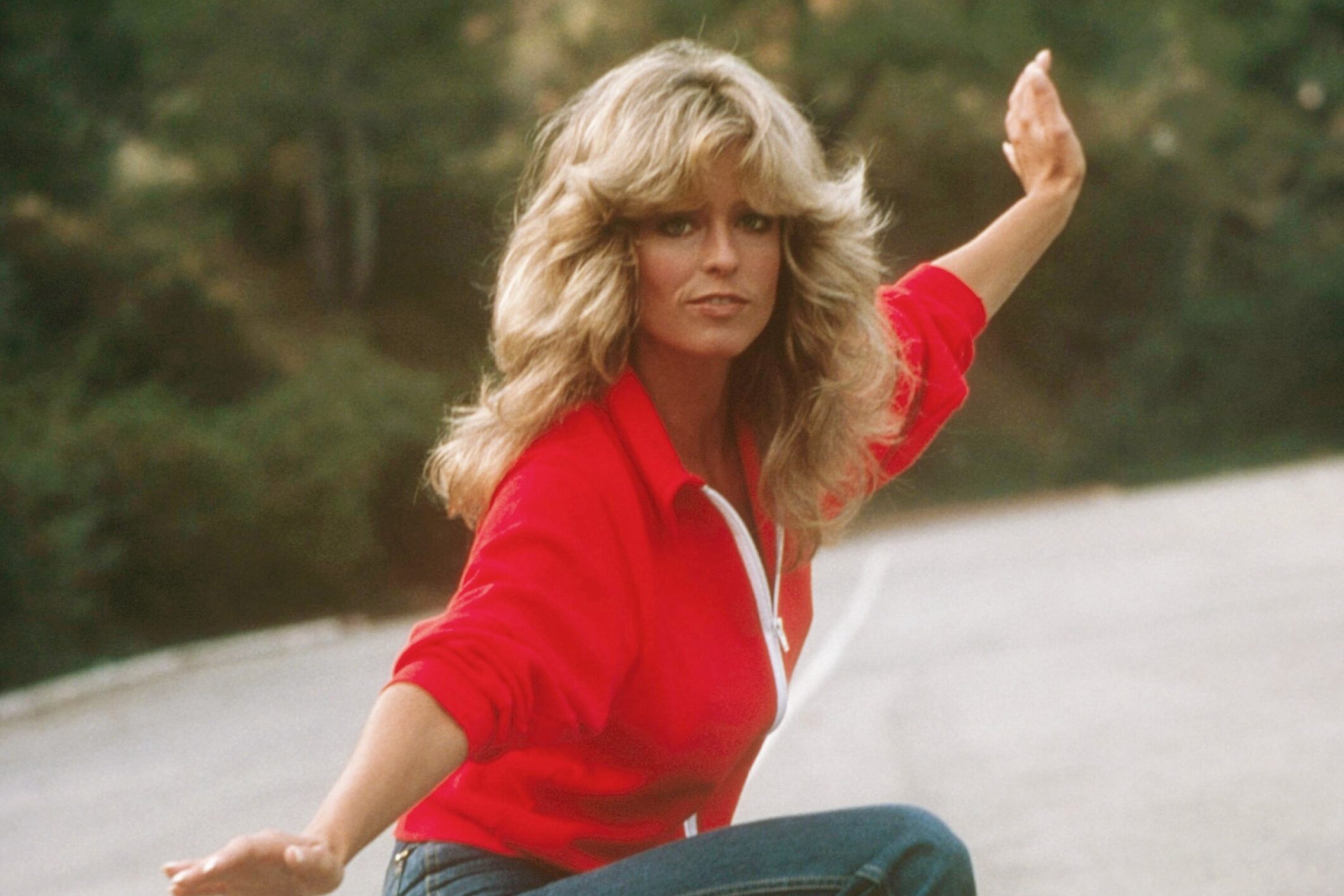
Feathered hair was the style of the ’70s, and it screamed effortless chic—until it didn’t. The layers would cascade down in a soft, fluffy manner, framing the face in a way that looked oh-so-natural. Celebrities like Farrah Fawcett made this look iconic, and everyone rushed to salons hoping for the same bouncy finish. But today, this style would likely get some side-eyes, especially with the wind-blown look that’s more “I woke up like this” than the pristine version everyone once admired says MSN.
Feathered hair can end up looking frizzy and untamed, which, in 2025, tends to be a less desirable look. We’ve moved more toward sleek and controlled styles that require a little less “I have to constantly check the weather” energy. Plus, hair care has evolved, and this style just doesn’t always hold up in modern times. It’s a throwback, for sure, but it doesn’t carry the same cool-factor it once did.
2. The Mullet
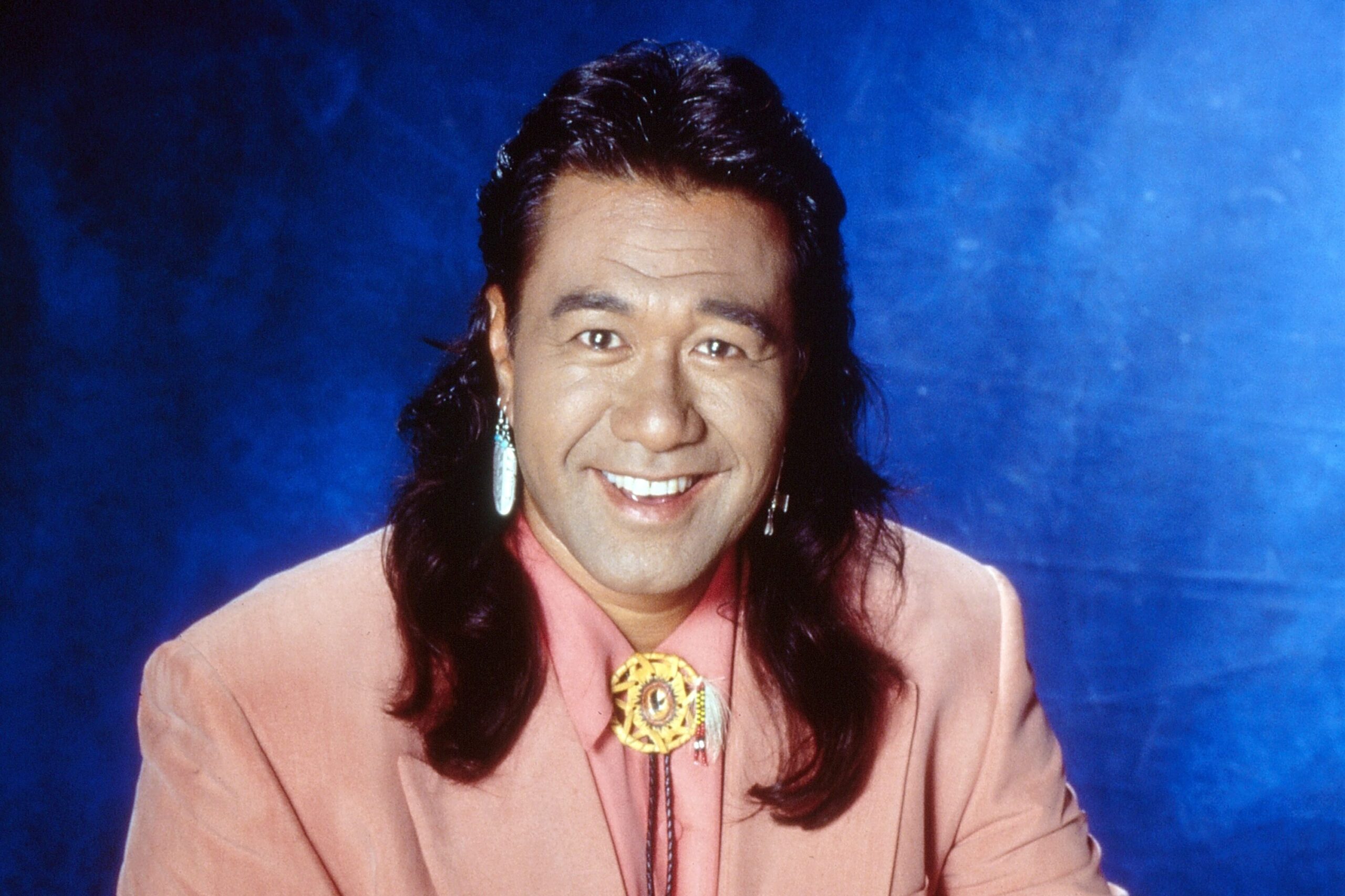
The mullet wasn’t just a haircut; it was a lifestyle. With its “business in the front, party in the back” vibe, this style made waves in the ’70s, especially for rock stars and rebels says InStyle. It was the go-to for anyone looking to make a bold statement or defy convention. However, in 2025, it’s hard to look at a mullet without thinking, “What was that person thinking?”
While there’s been a resurgence of mullet-inspired styles, it’s still the kind of haircut that can spark some hearty laughs. The longer back with shorter sides and top has been described as “chaotic” and “unpredictable,” and not in a good way. Though there’s definitely a niche for it, it’s safe to say that most people today would be quick to roast anyone rocking the mullet.
3. The Shag Cut
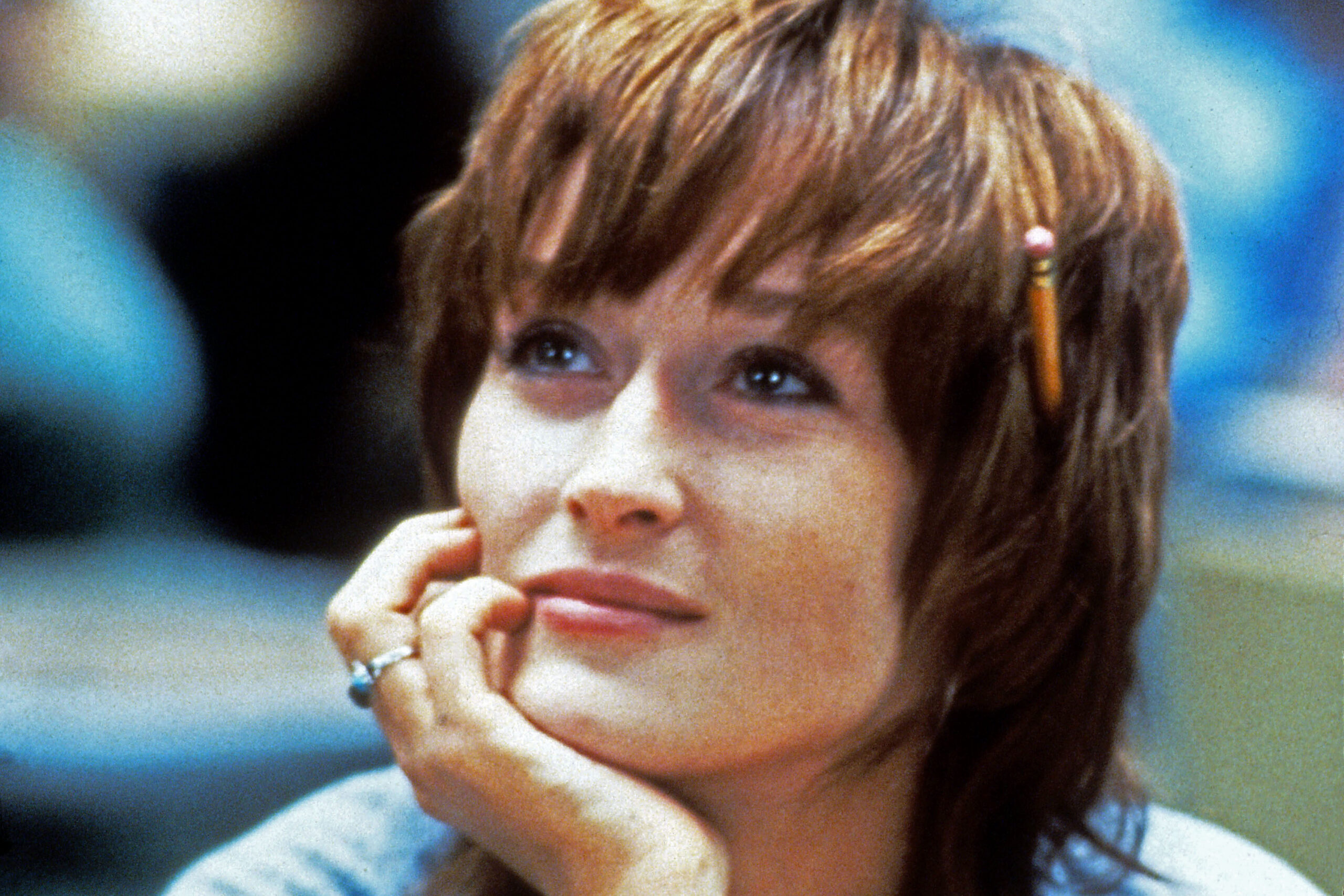
If you were a fan of rock n’ roll in the ’70s, then the shag cut was probably on your radar. This cut was all about choppy layers and a carefree vibe, making it the go-to choice for free spirits everywhere. The “messy but deliberate” look was often paired with a feathered texture to give it some volume and flair. It was a true symbol of the time—quirky, wild, and a little rebellious says ELLE.
But in today’s world, it might not have the same appeal. The shag can end up looking too disheveled or unkempt if not properly styled. We’ve moved towards more defined cuts with controlled layers, so the shag just doesn’t have the polish it once did. For many, it’s more of a “What was I thinking?” than a “Wow, that’s cool” moment.
4. Bowl Cut
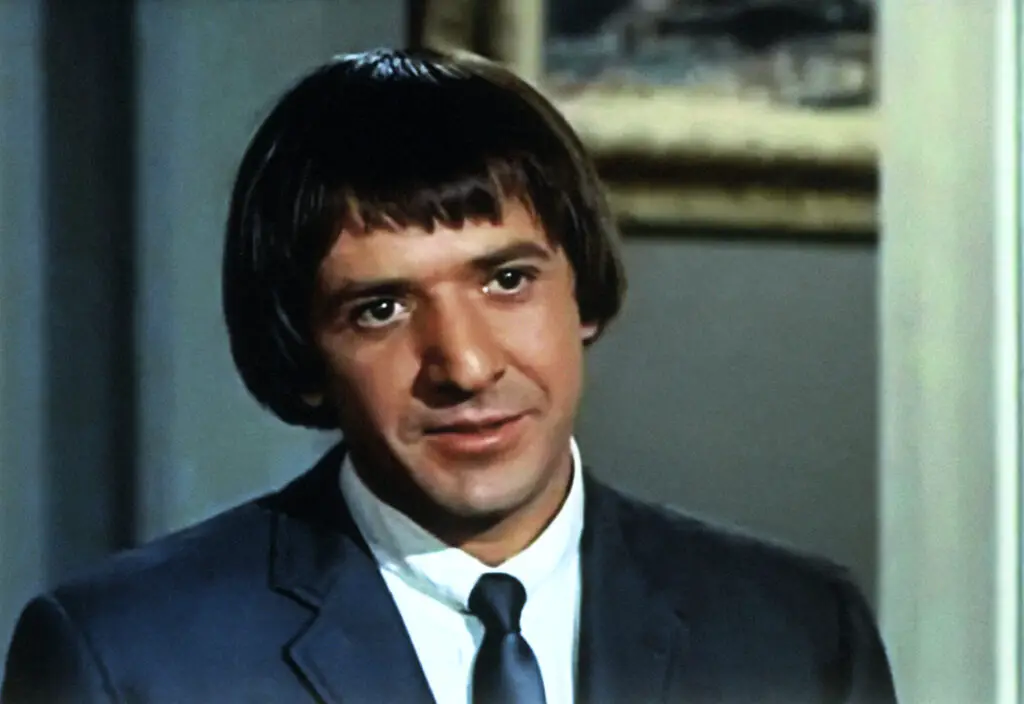
A bowl cut screams ’70s in the best and worst ways. The round, uniform shape of the cut made it a popular choice for both kids and adults looking for a no-fuss look. It gave a certain edge, especially when paired with bangs that were cut to perfection. While it was all the rage, it had the unique ability to make a person look like they’d been wearing a literal bowl on their head.
Today, though, the bowl cut would be considered a laughable misstep in the world of modern hairstyling. With today’s emphasis on individuality, a one-size-fits-all look just doesn’t have the same appeal. It also doesn’t offer much in terms of shape or movement, so it’s no wonder why the bowl cut has fallen out of favor with many.
5. The Perm
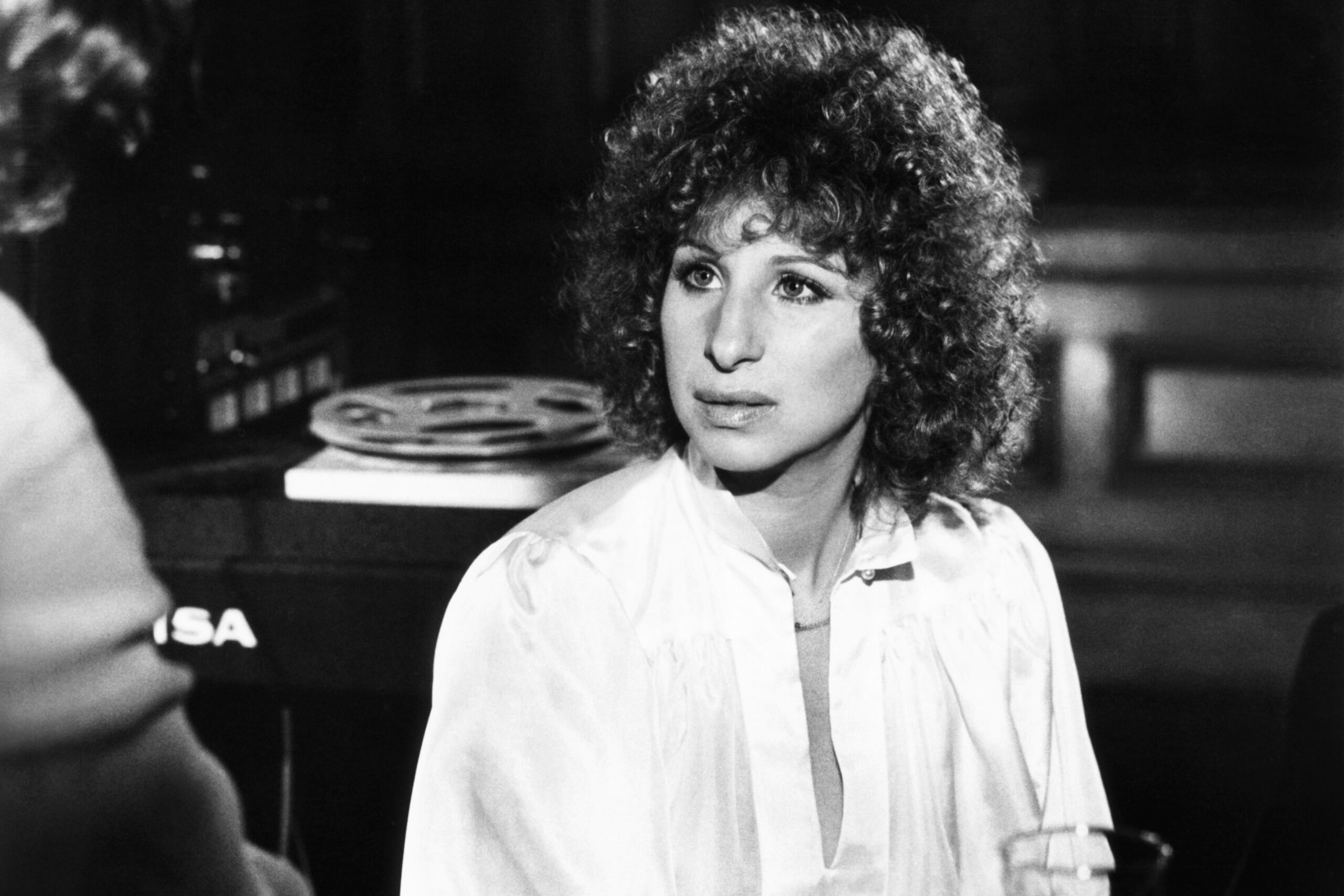
A perm was the ticket to frizzy, voluminous curls that were bigger than life itself in the ’70s. People were obsessed with the idea of getting perfect curls, and salons were lined with customers eager to get that full-bodied, wavy look. It was the kind of style that said, “I’m having fun, and I want you to notice.” The perm was all about big, bouncy curls that could go from day to night without losing their charm.
However, with modern hairstyling techniques focused on more natural curls and controlled volume, the perm can feel a little too much. The tight ringlets, while nostalgic, can quickly become overwhelming in the current trend of sleek and polished looks. Plus, the smell of a perm solution is enough to send anyone running in the opposite direction these days.
6. The Jheri Curl
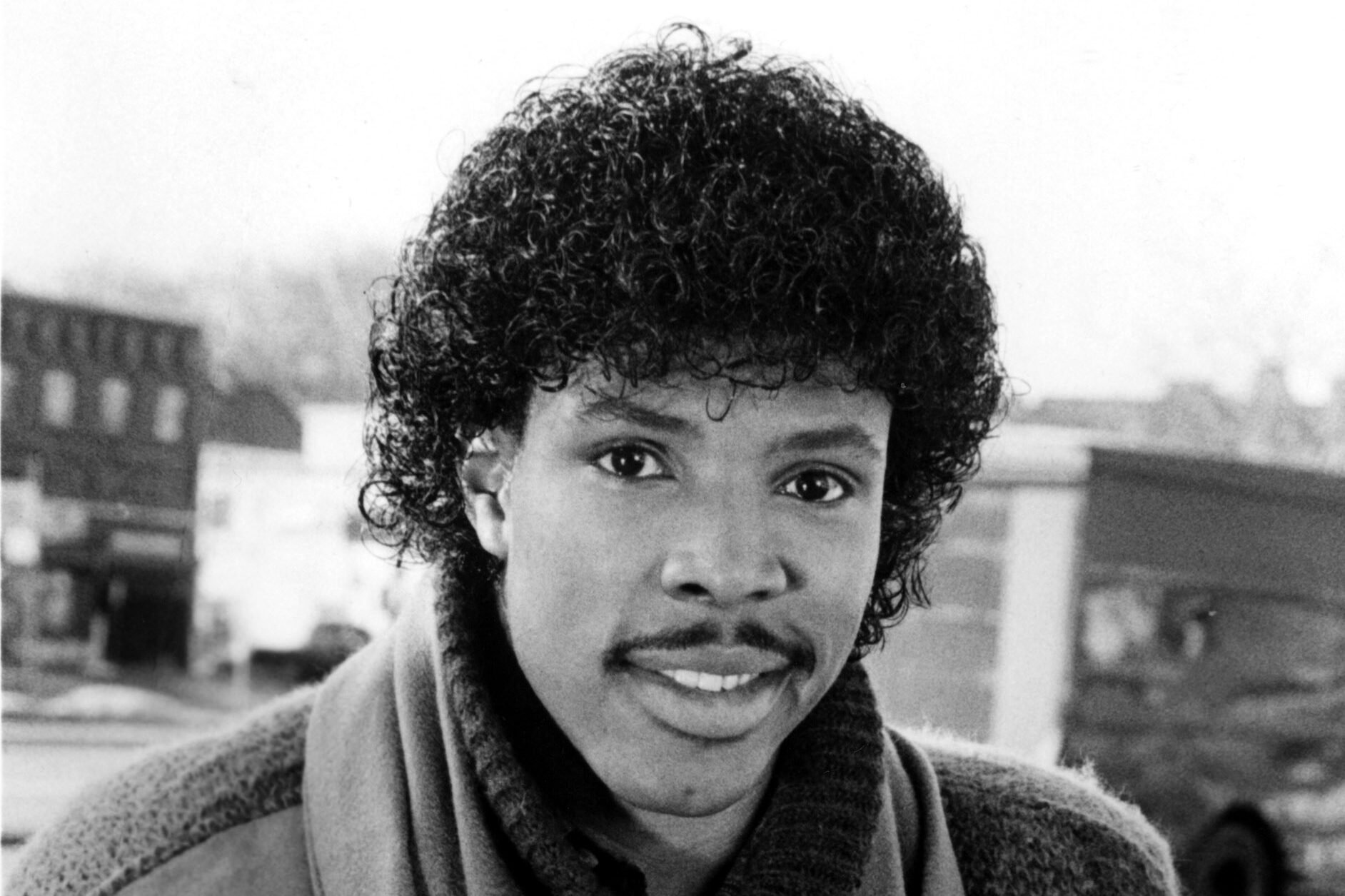
The Jheri curl, with its shiny, voluminous curls, took over in the ’70s and early ’80s. Made famous by musicians like Michael Jackson, the Jheri curl looked smooth, glossy, and full of life. It was a symbol of confidence, creativity, and a flair for the dramatic. But let’s be real—this style required a lot of maintenance to keep those curls looking perfect.
Fast forward to today, and the Jheri curl is not quite as stylish as it once was. While some vintage styles have made a comeback, the heavy use of chemicals and constant upkeep required for this style doesn’t mesh well with today’s emphasis on low-maintenance, natural textures. The shiny, slick look has also been replaced by more modern, looser curls that have better longevity.
7. The Flat Top
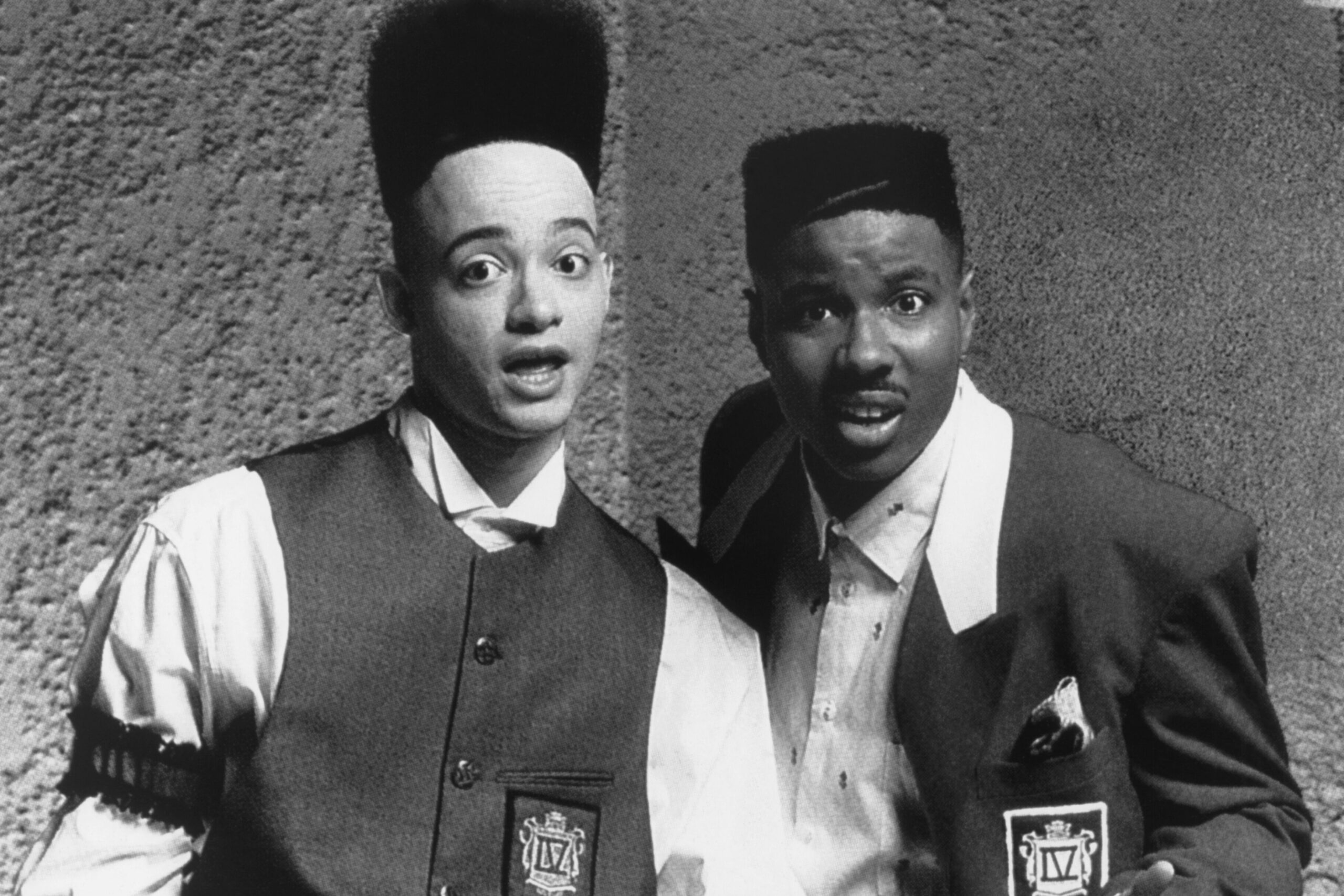
Inspired by the high and tight military cuts, the flat top became a beloved choice for many in the late ’70s and early ’80s. With a square shape on top and sharp edges, the flat top was all about precision. It was popularized by hip-hop culture, with the clean lines offering a contrast to the more flowy styles of the time. But like all trends, it eventually fell out of favor.
Today, the flat top would seem overly rigid and outdated. The precision required to maintain it can make the look feel stiff and unnatural. And given how we’ve embraced more relaxed and textured styles today, the flat top would likely leave people scratching their heads, wondering why anyone would go for such a sharp, defined cut.
8. The Rat Tail
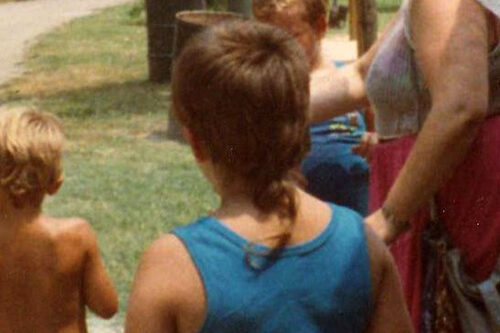
Ah, the rat tail. A trend where the hair at the nape of the neck is left long while the rest is cut short. It was a unique style that felt like an extension of the mullet—quirky, rebellious, and just a little bit daring. The rat tail, with its thin, wispy look, could be found on people hoping to add some edge to their otherwise basic cut.
Today, the rat tail is just one of those looks that raises an eyebrow. The awkward length and placement of the tail don’t translate well to today’s more polished and balanced cuts. It often appears out of place, especially since most modern styles opt for more even, structured layers.
9. The Ducktail
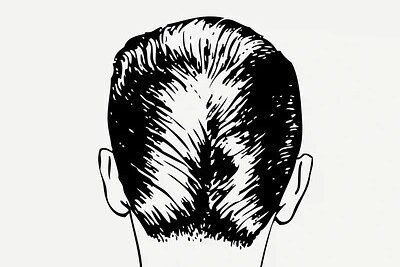
The ducktail was a go-to for greasers in the ’50s, but it had its moments in the ’70s as well. This retro cut is where the hair is slicked back into a point at the nape of the neck, creating the shape of a duck’s tail. It was all about a smooth, shiny finish that had an air of rebellion. If you wanted to look tough, the ducktail was the way to go.
Fast forward to today, and the ducktail feels very much like an outdated relic of its time. With today’s emphasis on more natural and textured styles, the sleek, shiny look of the ducktail comes off as forced. Plus, with the rise of more versatile styles, it just feels too specific and constraining for most people to pull off today.
10. The Wedge Cut
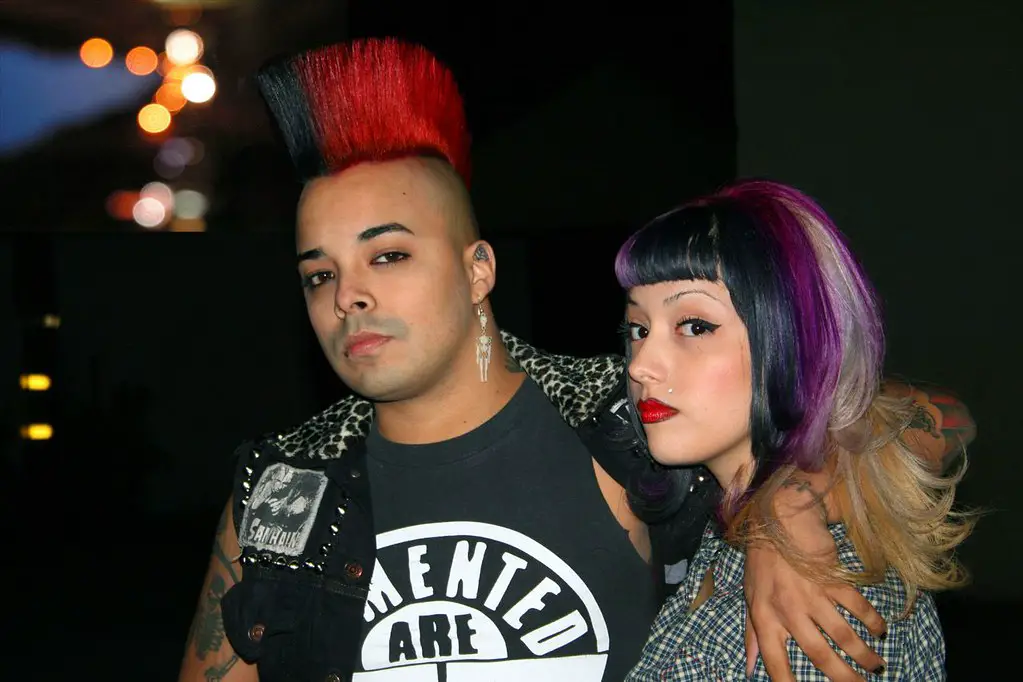
The wedge cut was one of those hairstyles that defined the ’70s, offering a bob-like shape with stacked layers. It was a sharp, clean look that emphasized volume and a strong silhouette. The layers would create a wedge-like shape that gave the cut a sense of direction and purpose. It was modern for the time, but it’s not quite as stylish anymore.
Today, the wedge cut may come off as too structured and rigid. While the angular shape was once considered edgy, modern haircuts are all about softer, more natural lines. The wedge’s bold layers can feel overly sharp, which clashes with the current preference for more fluid, customizable styles.
11. The Afro
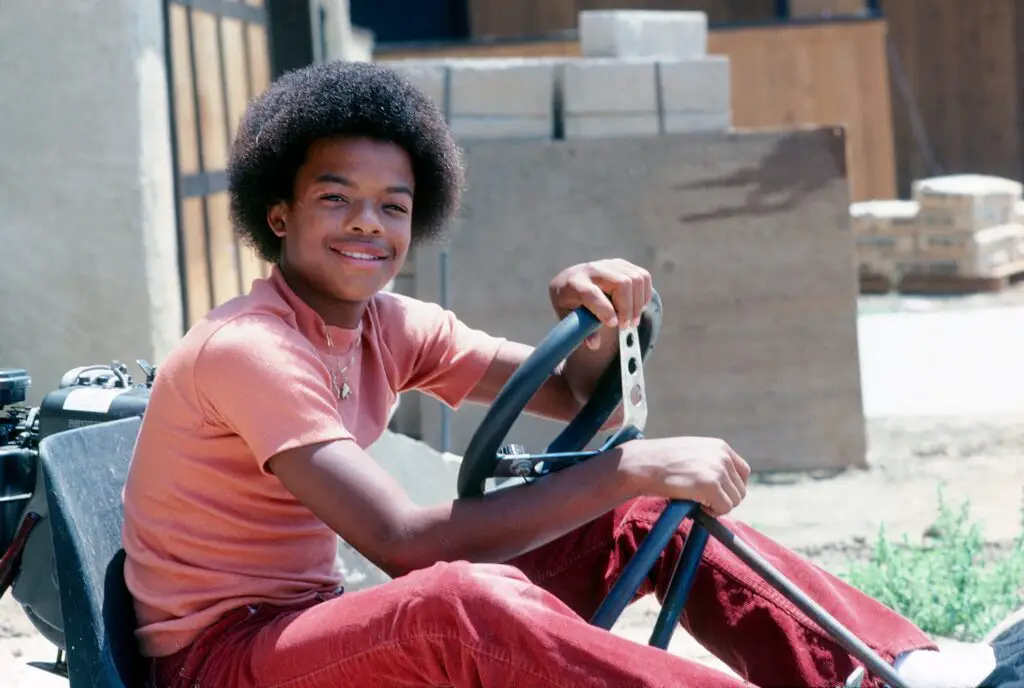
The Afro was the epitome of boldness and self-expression in the ’70s. It celebrated natural texture, volume, and unapologetic individuality. The full, round shape of the Afro became iconic and served as a powerful symbol during the civil rights movement. It was a statement of pride and resistance, but today, it can be a bit overwhelming.
While natural curls are still celebrated today, the Afro is a much harder look to pull off. The volume required to achieve that full shape doesn’t always mesh with modern sensibilities, and many opt for more subdued ways to embrace their natural curls. It’s not that the Afro has lost its place in history—it’s just that it’s a lot to manage in today’s world of streamlined and easy styles.
12. The Mop Top
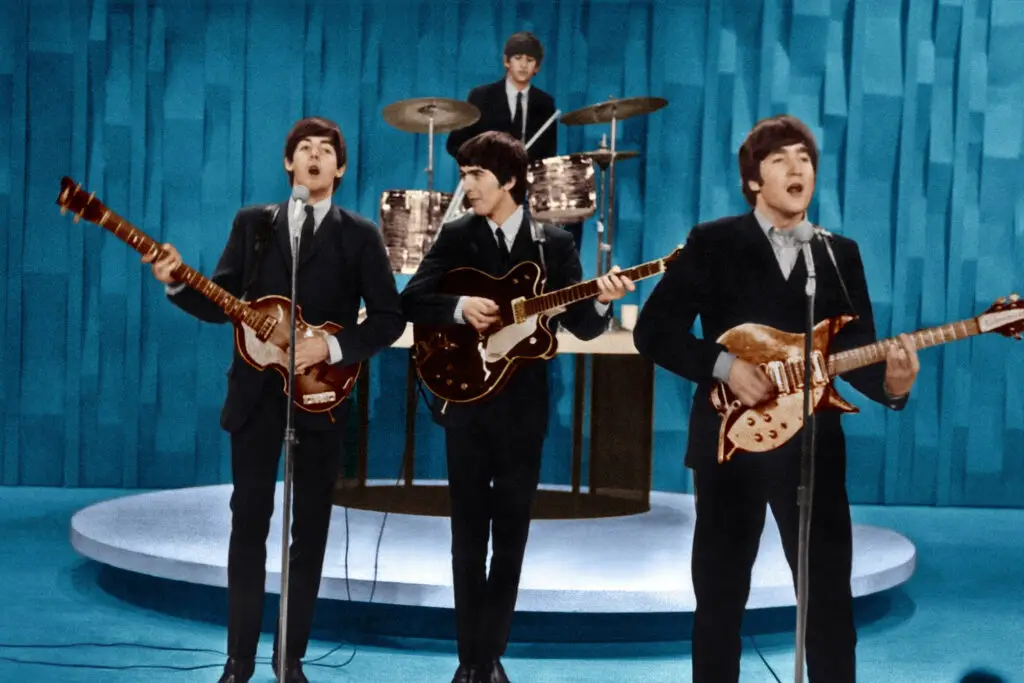
The mop top was made famous by The Beatles, and it remained a staple throughout the ’70s. The hairstyle was characterized by long bangs and rounded edges, making it look like the wearer had just walked out of a windstorm. It was youthful, carefree, and pretty low-maintenance—perfect for the laid-back vibe of the time.
In 2025, however, the mop top doesn’t have the same cultural significance it once did. The long, round bangs can look too bulky, and the lack of shape can make it hard to pull off. Modern haircuts are about sharpness and angles, so the soft, round look of the mop top feels outdated in comparison.
